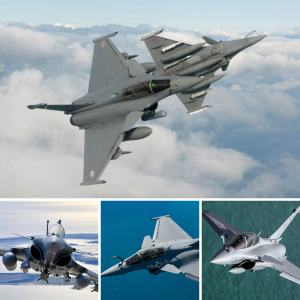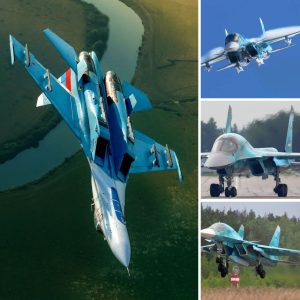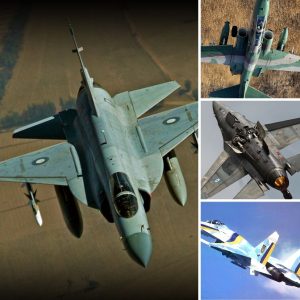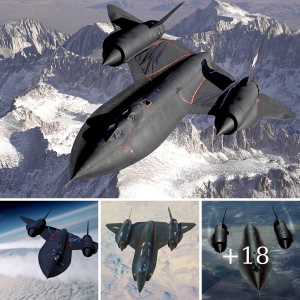The CH-113 Labrador, a twin-engine, tandem-rotor helicopter, is one of the most iconic aircraft in Canadian aviation history. Manufactured by Boeing Vertol, the CH-113 was originally designed as a heavy-lift transport helicopter, but it found its true calling as a search and rescue (SAR) aircraft with the Royal Canadian Air Force (RCAF). For over four decades, the Labrador was a critical component of Canada’s SAR operations, braving some of the harshest environments on Earth to save lives. Its legacy as a reliable and robust workhorse continues to be remembered fondly in Canadian military and aviation circles.

The Origins of the CH-113
The story of the CH-113 Labrador begins in the late 1950s when Canada sought a new helicopter capable of handling the challenging conditions of its vast and often inhospitable terrain. The Boeing Vertol Model 107, which later became the CH-46 Sea Knight in U.S. service, was selected by the Canadian military. Designated as the CH-113 in Canadian service, the Labrador variant was modified specifically for search and rescue missions.
The CH-113 made its debut in the early 1960s, and from the outset, it was clear that this helicopter was a game-changer for the RCAF. Its tandem-rotor design provided exceptional stability and lift capacity, allowing it to perform in extreme weather conditions that would ground many other aircraft. The Labrador’s ability to carry large loads and operate in rugged environments made it an ideal choice for the SAR role, where reliability and versatility were paramount.
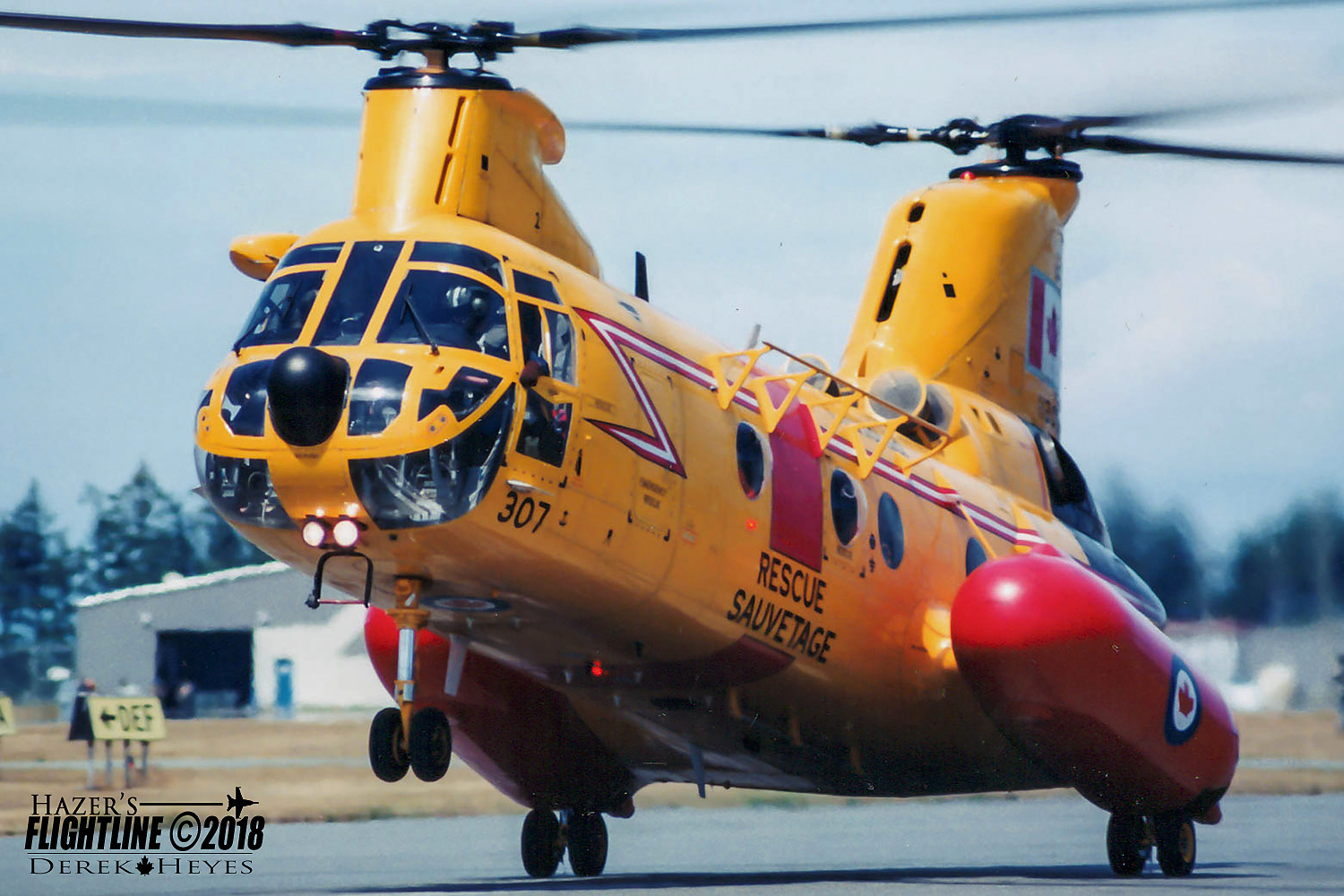
A Lifesaver in the Skies
The primary mission of the CH-113 Labrador was search and rescue, a role it performed with distinction throughout its service life. The Labrador was tasked with responding to emergencies across Canada’s vast wilderness, including remote mountain ranges, dense forests, and icy waters. Its powerful engines and robust design allowed it to reach areas that were otherwise inaccessible, making it an invaluable asset in SAR missions.
Equipped with a hoist system, the CH-113 could lower rescuers to the ground or lift stranded individuals to safety. Its spacious cabin could accommodate up to 25 passengers or several stretchers, allowing it to transport survivors quickly and efficiently. The Labrador was also equipped with advanced avionics and navigation systems, enabling it to operate in low visibility and harsh weather conditions, which were common challenges in Canada’s northern regions.
One of the Labrador’s most famous missions occurred in October 1984 when it was involved in the rescue of the crew from the sinking freighter MV Alfied off the coast of Newfoundland. Battling high winds and turbulent seas, the Labrador’s crew successfully hoisted 18 sailors to safety in a dramatic operation that showcased the helicopter’s capabilities and the bravery of its crew. This mission, among many others, solidified the Labrador’s reputation as a reliable and essential tool in Canada’s SAR arsenal.
Modernization and Continued Service
As the years passed, the CH-113 Labrador underwent several upgrades to extend its operational life and enhance its capabilities. In the 1990s, a mid-life upgrade program was implemented, which included improvements to the helicopter’s avionics, engines, and structural components. These upgrades ensured that the Labrador remained effective in its role well into the new millennium.
Despite these enhancements, by the late 1990s, it became clear that the aging Labrador fleet needed to be replaced. The wear and tear from decades of service, coupled with advancements in helicopter technology, led the Canadian government to seek a modern replacement. In 2004, the CH-113 was officially retired from service, and its role was taken over by the newer CH-149 Cormorant, a helicopter designed specifically for SAR operations in challenging environments.
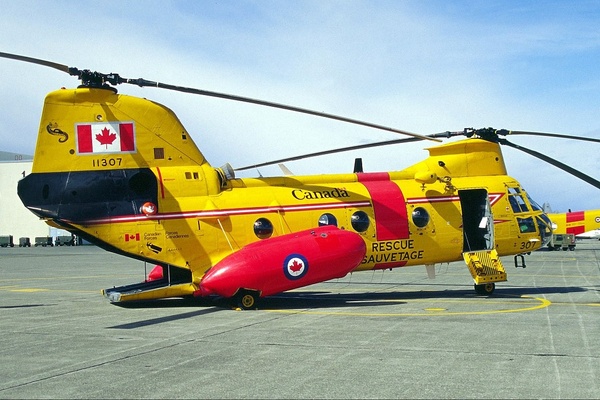
The Legacy of the CH-113 Labrador
The retirement of the CH-113 Labrador marked the end of an era, but its legacy continues to be felt in Canadian SAR operations. Over its 40 years of service, the Labrador saved thousands of lives and demonstrated the critical importance of having a dedicated and reliable SAR helicopter. The aircraft’s ability to operate in Canada’s extreme environments and its role in countless rescue missions have left an indelible mark on the history of Canadian aviation.
Today, the CH-113 Labrador is remembered as a symbol of dedication, bravery, and technological innovation. It played a crucial role in protecting the lives of Canadians and those in distress across the country’s vast and often unforgiving landscapes. The Labrador’s contributions to SAR missions have set a high standard for its successors, ensuring that the spirit of this legendary helicopter lives on in the continued efforts to save lives from the skies.

